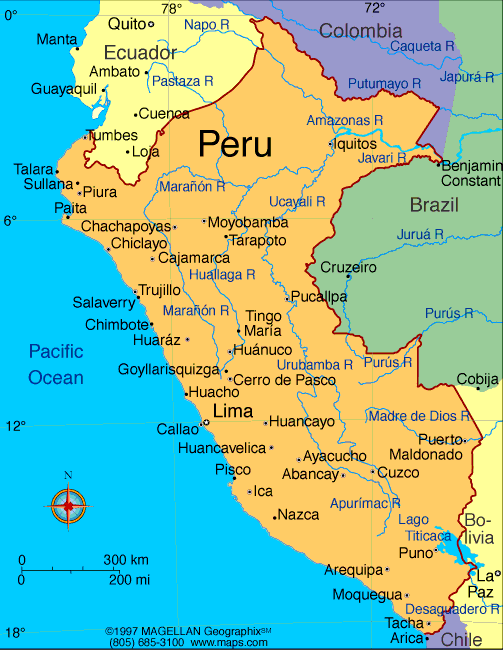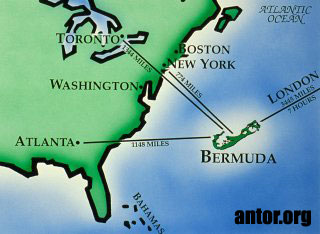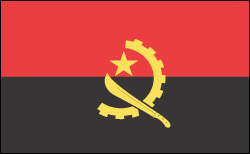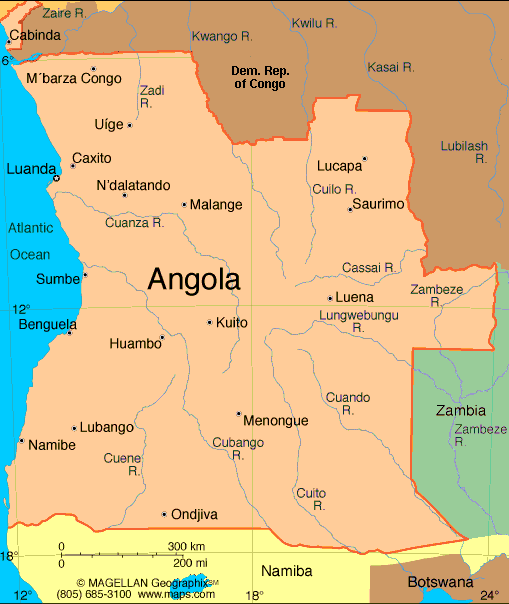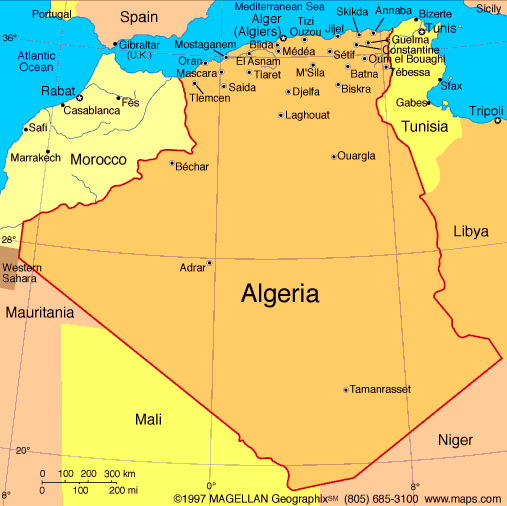Map
- Total area: 27,750 km2
- Land area: 27,560 km2
- Comparative area: slightly larger than Maryland
- Land boundaries: Dominican Republic 275 km
- Coastline: 1,771 km
- Disputes: claims US-administered Navassa Island
- Climate: tropical; Average Summer Temperature (July) 30°C - 35°C: Average Winter Temperature (December) 20°C - 26°C: The rainy season is between May & November. Although Haiti’s climate is tropical in nature, some of the mountainous areas are semi-arid. This semi-arid climate is caused by both deforestation on the island and also by the high mountains cutting off the moist eastern trade winds.
- Terrain: mostly rough and mountainous
- Natural resources: bauxite
- Land use: arable land 20%; permanent crops 13%; meadows and pastures 18%; forest and woodland 4%; other 45%; includes irrigated 3%
- Environment: lies in the middle of the hurricane belt and subject to severe storms from June to October; occasional flooding and earthquakes; deforestation; soil erosion: Note: shares island of Hispaniola with Dominican Republic
- Haiti People Population: 6,431,977 (July 1992), growth rate 2.3% (1992)
- Birth rate: 42 births/1,000 population (1992)
- Death rate: 15 deaths/1,000 population (1992)
- Net migration rate: -5 migrants/1,000 population (1992)
- Infant mortality rate: 104 deaths/1,000 live births (1992)
- Life expectancy at birth: 53 years male, 55 years female (1992)
- Fertility rate: 6.2 children born/woman (1992)
- Nationality: Haitian Ethnic divisions: black 95%, mulatto and European 5%
- Religions: Roman Catholic is the official religion; Roman Catholic 80% (of which an overwhelming majority also practice Voodoo), Protestant 16% (Baptist 10%, Pentecostal 4%, Adventist 1%, other 1%), none 1%, other 3% (1982)
- Languages: French (official) spoken by only 10% of population; all speak Creole
- Literacy: 53% (male 59%, female 47%) age 15 and over can read and write (1990 est.)
- Labor force: 2,300,000; agriculture 66%, services 25%, industry 9%; shortage of skilled labor, unskilled labor abundant (1982)
- Organized labor: N/A
- Flag: two equal horizontal bands of blue (top) and red with a centered white rectangle bearing the coat of arms, which contains a palm tree flanked by flags and two cannons above a scroll bearing the motto L'UNION FAIT LA FORCE (Union Makes Strength)
- Economy Overview: About 75% of the population live in abject poverty. Agriculture is mainly small-scale subsistence farming and employs nearly three-fourths of the work force. The majority of the population does not have ready access to safe drinking water, adequate medical care, or sufficient food. Few social assistance programs exist, and the lack of employment opportunities remains one of the most critical problems facing the economy, along with soil erosion and political instability. Trade sanctions applied by the Organization of American States in response to the September 1991 coup against President Aristide have further damaged the economy.
- GDP: exchange rate conversion - $2.7 billion, per capita $440; real growth rate - 3.0% (1990 est.)




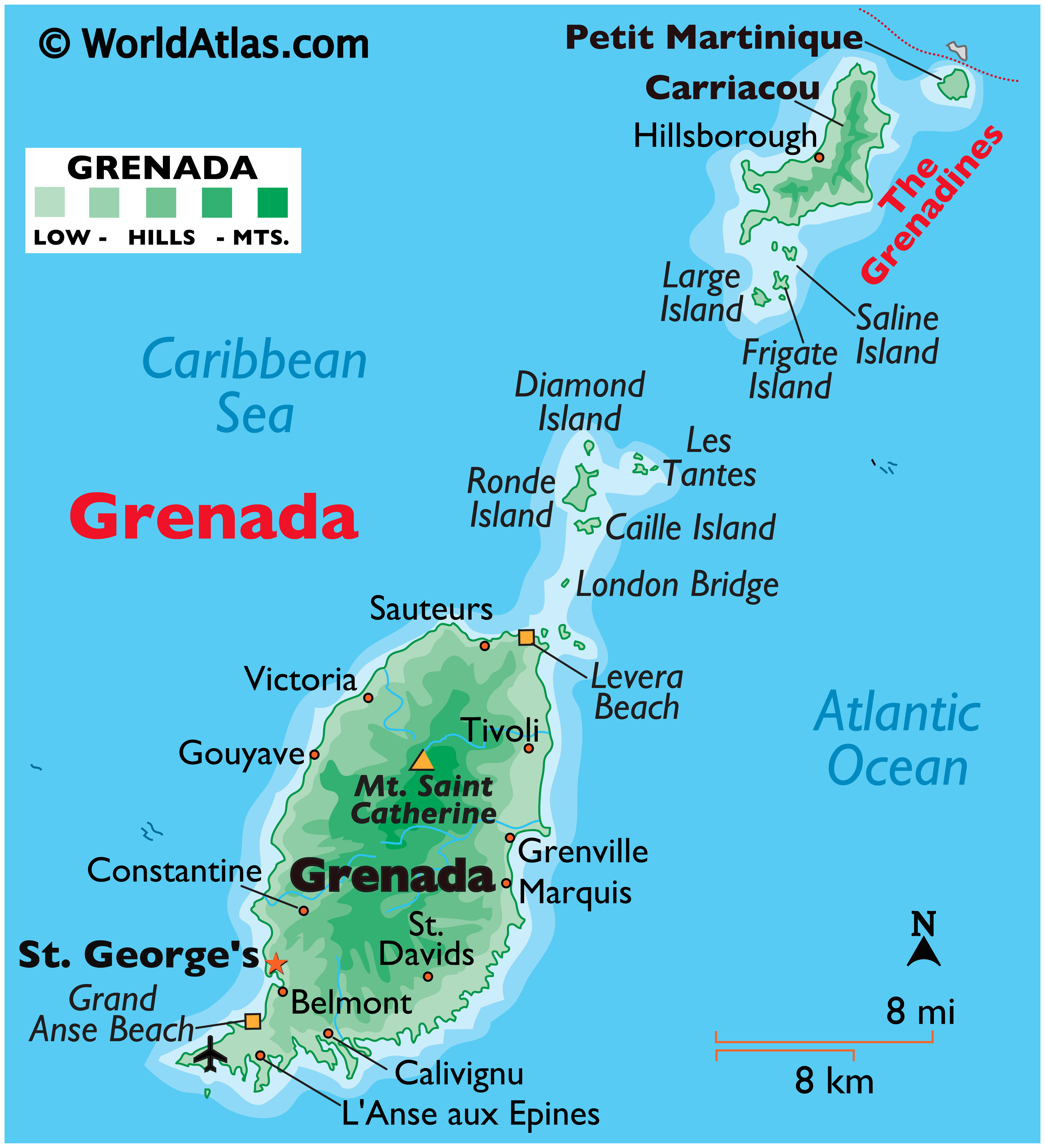

.gif)
